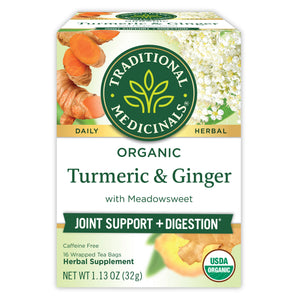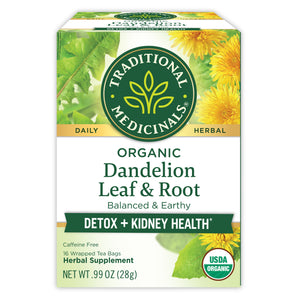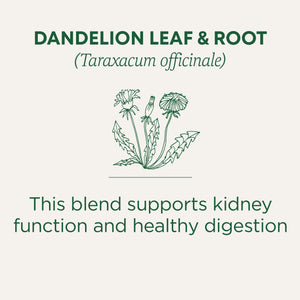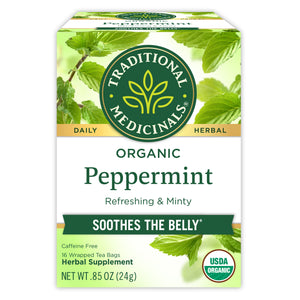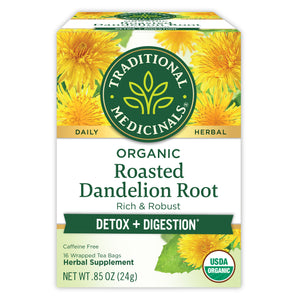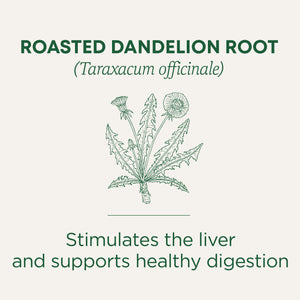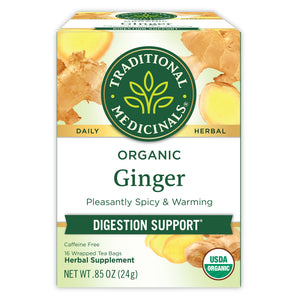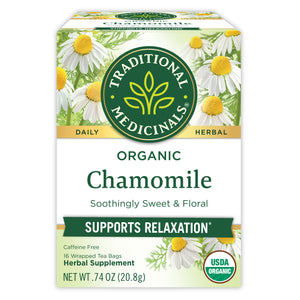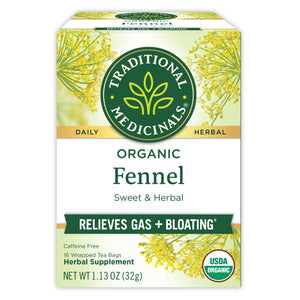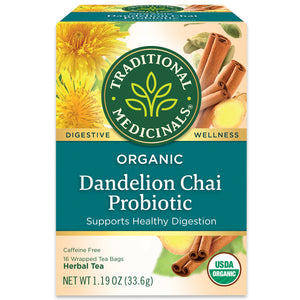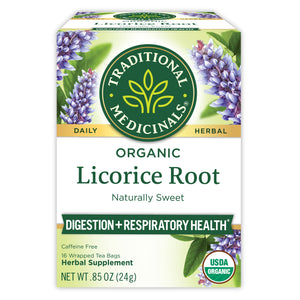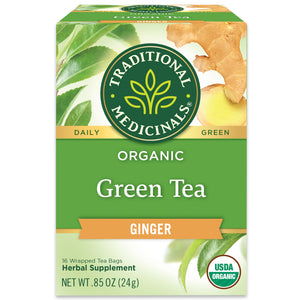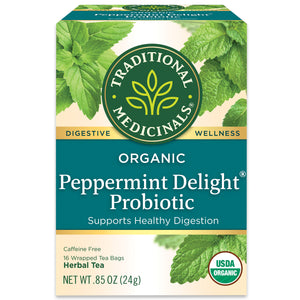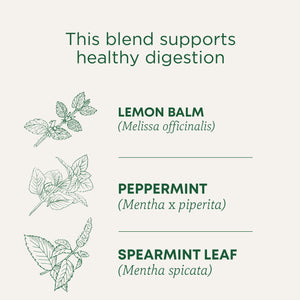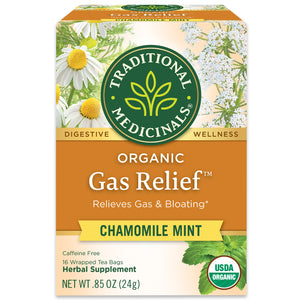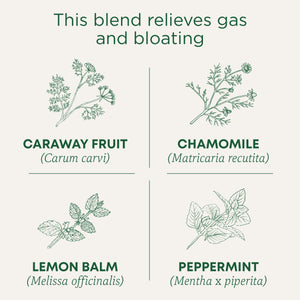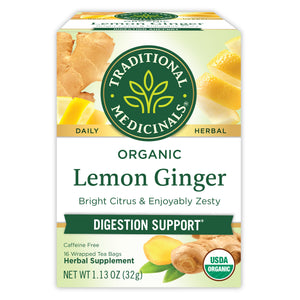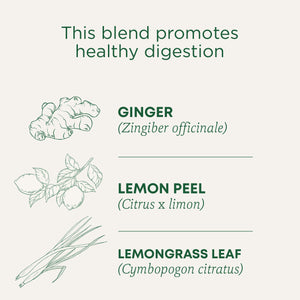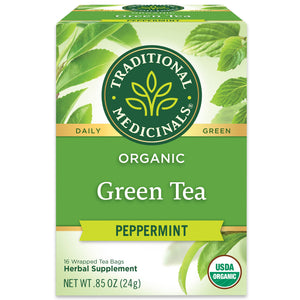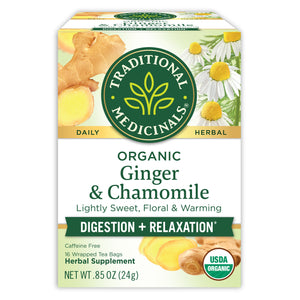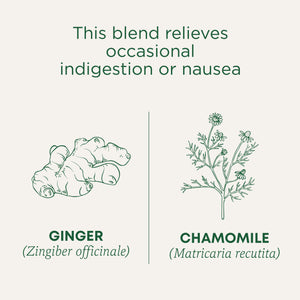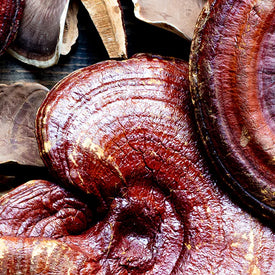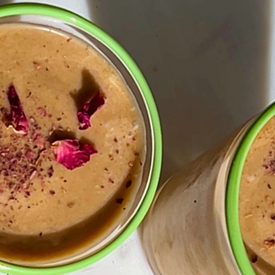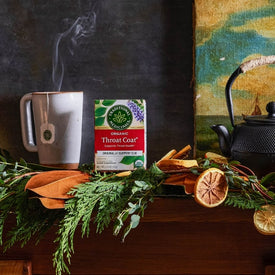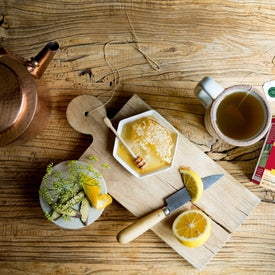When the bounty of the harvest has come in, the leaves begin changing colors, and cool, brisk days replace the dead heat of summer, autumn is upon us! This time of the year marks an important shift in the cosmos, called the fall or autumnal equinox, when both day and night are equally long. For herbalists around the world, the fall equinox marks an important transition between summer and fall, a time when we reap what we have sown—both literally and figuratively. This is a time for harvesting summer’s abundance, planting new seeds for the spring, for contemplating new ideas, and for medicine-making. And of course, plants take center stage in all the rituals!
Plant-based cleansing rituals during the equinox help to address the energetic transformation of the season. Aromatic herbs are often burned as part of these rituals, serving to cleanse and purify the environment, enhance spiritual connections, and usher in the energies of the new season. When choosing plants to burn in your smoke cleansing practice, consider herbs that are easy to grow, in abundance, and culturally respectful such as lavender, rosemary, and mugwort. To delve further into the ethical sourcing and sustainability of herbs, resources such as United Plant Savers and The Sustainable Herbs Program can provide valuable guidance.

Herbalists generally like to harvest medicinal plants and create herbal medicines in conjunction with the lunar calendar, when the medicinal power of the plant is thought to be at its peak. Typically, the new moon is best for harvesting roots and leaves, and the full moon—in this case, September’s Harvest Moon or Corn Moon—is best for leaves, flowers and seeds, depending which one is closer to the equinox and when the plant is looking ready.
When the timing aligns the harvest with the equinox, it can produce some amazing herbal medicine! This is a good time to start making herbal recipes like fire cider, a sweet vinegar mixture traditionally used to support our immune systems during the colder months.* Our co-founder, Rosemary Gladstar, developed the recipe in the 1970s, although herbalists have developed similar types of tonics for generations. Rosemary’s recipe infuses spicy herbs and roots like horseradish, garlic, onions, ginger and cayenne with honey and apple cider for a few weeks, and then strains the liquid off. Once the concoction is ready, you can take it by the spoonful, as needed.

In addition, herbalists harvest glossy, indigo-colored elderberries around the time of the equinox to make immune-supporting elderberry syrup.* Elder has a long history of traditional use among Native Americans and European herbalists, lending itself to much folklore. In Old World tradition, elder served as a great symbol of protection; people planted it around houses or hung it above windows to keep witches at bay and to watch over the plants in the garden. We love making our favorite Ginger Cinnamon Elderberry Syrup to use throughout the colder months.
At this time of year, herbalists also recommend infusing medicinal herbs into your cooking. Taking roots and rhizomes like turmeric and ginger helps keep us warm and grounded.* Spices like nutmeg, allspice and cinnamon, the tasty trifecta of pumpkin spice fame, all support seasonal wellness.* When the humidity and dryness of the seasonal weather creates the right breeding ground, foragers love this time for collecting mushrooms like reishi, lion’s mane and wild shiitake, which also support the immune system.* We love to enjoy them in our Astragalus Miso Immunity Soup!

The end of the growing season can’t help but usher in a sense of abundance, gratitude, and tides of reflection. If you have never celebrated the fall equinox, we invite you to create some of your own rituals, recipes and traditions. A big fall cleaning, a smudging ceremony, or a harvest feast to share the bounty of your garden with loved ones can add a little magic to this seasonal transition.




